Information and advice about hiking in Japan during the current novel coronavirus pandemic.
UPDATED ON MAY 25, 2020 (Note: I will update this page regularly as conditions change.)
May 25
▪ The state of emergency over the novel coronavirus crisis is declared over in Japan, ending curbs on economic activity in Tokyo and four other prefectures. People are still requested to wear face masks, maintain social distancing and work from home as medical experts warn against relaxing vigilance too soon amid the risk of another wave of infections. Hikers should hold back from crossing prefectural borders until the end of the month and through June 18 for (Saitama, Chiba, Tokyo, Kanagawa and Hokkaido) and avoid the “3Cs”.
May 21
▪ The government lifts the state of emergency in three more prefectures namely; Osaka, Kyoto and Hyogo. Emergency restrictions remain in place in Tokyo and three neighbouring prefectures as well as in Hokkaido however it maybe lifted as early as May 25 after a review by health experts.
May 20
▪ To help Yamagoya’s or mountain huts survive the impending slump in visitor numbers this summer they have turned to crowdfunding site Motion Gallery to set up Yamagoya Aid Fund. After one day they have already smashed their goal of reaching 3 million yen by August 13. A great initiative as along with providing accommodation mountain huts help maintain trails, provide restroom facilities, and often fulfil the role of a first responder in an emergency.
May 18
▪ Shizuoka Prefecture announces will be closing it’s three Mt. Fuji routes namely the Subashiri, Gotemba, and Fujinomiya trails after Yamanashi Prefecture made a similar announcement to close the Yoshida Trail last month. This effectively closes Mt. Fuji to all climbers this summer due to the pandemic.
May 14
▪ The Japanese government lifts the state of emergency over the coronavirus in 39 of the country’s 47 prefectures.
May 4
▪ Japan extends nationwide state of emergency until May 31.
▪ List of parking lot closures at trailheads due to the emergency declaration.
May 2
▪ Further information about the Fujinomiya trail closure (in English).
April 28
▪ In response to the spread of the coronavirus, the Mt.Fuji Yoshidaguchi Ryokan Association has decided to close all 16 mountain huts along the Yoshida Trail during the coming climbing season (Jul 1 – Sep 10). Owing to both the difficulty in securing doctors and nurses to man the first aid stations and for avoiding the “3Cs”.
▪ The number of public facilities run by the Ministry of the Environment such as visitor centers and campgrounds that have suspended operation increased to 136 from an initial number of 34.
April 25
▪ The Japan Times article about dreaming where to go after this is all over including the Michinoku Coastal Trail in Tohoku.
April 24
▪ In response to large numbers of sightseers visiting Okutama (many from Tokyo’s 23 wards and Saitama Prefecture) 30 tourist parking areas will be closed from April 25.
April 23
▪ To put a stop to tourists from visiting Mt. Fuji during the Golden Week holidays, Yamanashi Prefecture has decided to close the “Fuji Subaru Line” a toll road connecting the foothills of Mt. Fuji (north side) to the 5th Station (Yoshida entrance) for the time being.
▪ The Mount Takao cable car is suspending its service from April 25 to May 6. The Takao Chairlift was suspended on April 9.
▪ Follow up story by The Japan Times concerning Japanese mountaineering groups asking climbers to stay away during pandemic.
April 22
▪ The Japan Auto Camping Federation has posted a message on their homepage from Joao Alves Pereira president of the International Federation of Camping, Caravanning, and Autocaravanning (F.I.C.C.) essentially saying to “stay home and travel tomorrow”.
April 21
▪ NHK World has published an article about the impact the coronavirus is having on livelihoods of mountain hut operators.
April 20
▪ Japan’s big four mountain associations namely; the Japan Mountaineering and Sport Climbing Association, Japan Workers’ Alpine Federation, Japanese Alpine Club and Japan Mountain Guides Association released a joint statement asking people to refrain from climbing until the threat of the coronavirus settles down. English translation of their declaration courtesy of The Hokkaido Wilds.
▪ Most mountain huts are reporting on their websites that they will remain closed until May 6 or end of the nationwide state of emergency.
April 18
▪ 13 mountain huts belonging to the Japan Alpine Lodge Association that were scheduled to open during the Golden Week holidays will remain closed until May 6. For more details http://kita-alps.yamagoya.gr.jp
April 17
▪ The Oze Preservation Foundation (Ministry of the Environment) is asking people to refrain from going to Oze for the time being. Check here for further details.
February 17
▪ Coronavirus flyer released by Ministry of the Environment (English version).
While this isn’t a “hard lockdown” people are requested to avoid nonessential trips within and outside the designated areas. So, what does this mean for hiking? I have tried to summarise the current situation through the following FAQ points.
If you have any specific COVID-19 comments or questions related to hiking, please let me know in the comments.
On this page
Is it OK to hike or camp during COVID-19?
What if where I live is under a state of emergency?
Will National Parks stay open?
Are mountain huts open for business?
Which mountain huts have revised their opening dates?
Where can I find out more information?
Is it OK to hike or camp during COVID-19?
Personally, I would err on the side of caution and say no however everyone’s situation is different so ultimately that’s a judgement call only you can make. Having said that, if you live OUTSIDE one of the prefectures where a state of emergency has been declared and decide that it is “safe” to go for a hike here are some basic precautions you can take:
- Avoid using public transportation such as trains and buses to the trailhead.
- Do not carpool with friends or family who are not members of your household.
- Similarly avoid group climbing with non-cohabitors.
- Avoid parks or trails that have become crowded.
- Bring snacks and water with you from home, instead of trying to get them on your way to your hike.
- When hiking, keep a safe distance from others and minimise contact.
- Wash your hands a lot and carry hand sanitiser.
- Prevent the spread of infections by avoiding the “3Cs” (closed spaces, crowded places, and close-contact setting) i.e. busy mountain huts.
- Don’t hike or move across prefectures which have states of emergency in place.
- Avoid challenging hikes and climbs instead seek out easier ones closer to home.
- Consider that any accidents in the mountains are serious for you and put a strain on first responders and the already overloaded healthcare system.
- If you feel unwell, even if not with COVID-19 symptoms, or if you have been in contact with anyone with symptoms, stay at home.
What if where I live is under a state of emergency?
If however you happen live INSIDE a prefecture (or city) which has a state of emergency in effect I would hold back from heading to the mountains until at least June 1 for your own safety as well as to prevent the spread of infection to rural areas. The mountains will still be there in a month or so time so ride this one out within the safe confines of your home.
Will National Parks stay open?
Currently none of Japan’s 34 National Parks and 57 Quasi-National Park have been closed as a result of the COVID-19 pandemic. The same goes for Prefectural Natural Parks for example Takao-Jimba Natural Park. However as of April 20 a total of 106 public facilities run by the Ministry of the Environment have suspended operation including visitor centers, rest areas, and conservation centers. Check the ministry website (in Japanese) for a full list of affected facilities. Some city run facilities such as the TAKAO 599 MUSEUM are also closed for the time being.
Are mountain huts open for business?
Due to the possibility of coronavirus infections some mountain huts have temporarily closed or are even considering whether or not to open this year. Hut owners are making various efforts to ensure the safety and wellbeing of guests, such as reducing the number who can stay, using private rooms and spacing out people in open sleeping spaces to maintain social distancing. If you plan to stay in a mountain hut it is recommended to wear a mask and bring your own sleeping bag.
Which mountain huts have revised their opening dates?
The following list provides some operational information about mountain huts with reduced services for Golden Week and beyond.
Northern Alps
| Mountain Hut | Operational Status |
|---|---|
| Hakuba Sansō 白馬山荘 | Closed during Golden Week and summer start undecided |
| Tsugaike Hut 栂池ヒュッテ | Closed during Golden Week and summer start undecided |
| Renge Onsen Lodge 蓮華温泉ロッジ | Closed until end of June |
| Tsumetaike Sansō 栂池ヒュッテ | Closed until May 31 |
| Karamatsudake Sansō 唐松岳頂上山荘 | Closed until May 31 |
| Tateyama Murodō Sansō 立山室堂山荘 | Closed until May 31 |
| Tarodaira Koya 太郎平小屋 | Closed during Golden Week. Aims to open on June 1 |
| Yokoo Sansō 横尾山荘 | Closed until May 31 |
| Karasawa Hut 涸沢ヒュッテ | Closed until May 31 |
| Hotakadake Sansō 穂高岳山荘 | Closed until May 31 |
| Gonoike no Koya 五の池小屋 | Closed during Golden Week and open from June 6 (weekends only) |
Southern Alps
| Mountain Hut | Operational Status |
|---|---|
| Akadake Tenbō 赤岳天望荘 | Closed until May 31 |
| Iodake Sansō 硫黄岳山荘 | Closed until May 31 |
| Neishidake Sansō 根石岳山荘 | Closed until May 31 |
| Natsusawa Kōsen 夏沢鉱泉 | Closed until May 31 |
| Kitayokodake Hut 北横岳ヒュッテ | Closed due to the suspension of the ropeway until May 31 |
| Oren Goya オーレン小屋 | Closed until May 31 |
Yatsugatake
| Mountain Hut | Operational Status |
|---|---|
| Akadake Tenbō 赤岳天望荘 | Closed until May 31 |
| Iodake Sansō 硫黄岳山荘 | Closed until May 31 |
| Neishidake Sansō 根石岳山荘 | Closed until May 31 |
| Natsusawa Kōsen 夏沢鉱泉 | Closed until May 31 |
| Kitayokodake Hut 北横岳ヒュッテ | Closed due to the suspension of the ropeway until May 31 |
| Oren Goya オーレン小屋 | Closed until May 31 |
Okutama / Okuchichibu
| Mountain Hut | Operational Status |
|---|---|
| Nanatsuishi Goya 七ツ石小屋 | Closed for the time being |
| Kobushi Goya 甲武信小屋 | Closed until May 31 |
Oze
| Mountain Hut | Operational Status |
|---|---|
| Oze Goya 尾瀬小屋 | Closed for 2020. Aims to resume from spring 2021 |
| Hara Goya 原の小屋 | Open from July 1 |
| Chozo Goya 長蔵小屋 | Open from June 1 |
| Hatomachi Sansō 鳩待山荘 | Open from June 1 |
| Koma no Hut 駒の小屋 | Closed until May 31 |
Joshinetsu
| Mountain Hut | Operational Status |
|---|---|
| Kōyaike Hut 高谷池ヒュッテ | Closed until May 31 |
Where can I find out more information?
- Information about mountain huts can be found at their respective homepages.
- For daily COVID-19 updates and multilingual hotlines in Japan check out Tokyo Weekender.
- The latest COVID-19 figures from the government are summarised at COVID19Japan.
- U.S. Embassy & Consulates in Japan have a COVID-19 information page.
- The Ministry of the Environment (Kankyō-shō) has a set up a novel coronavirus page albeit in Japanese which includes some initiatives being undertaken at National Parks.
- Details about Showa Memorial Park and Shinjuku Gyoen closures.
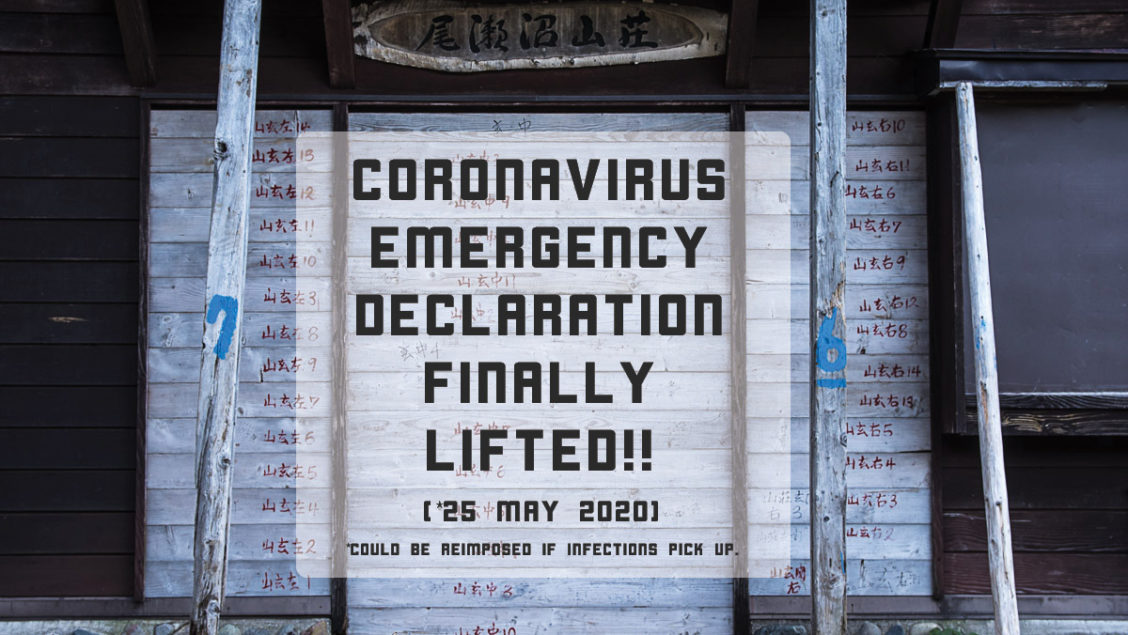

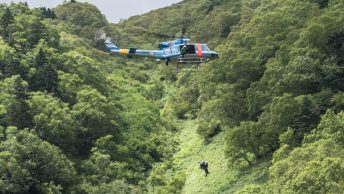
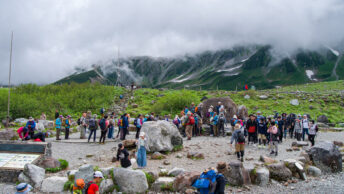
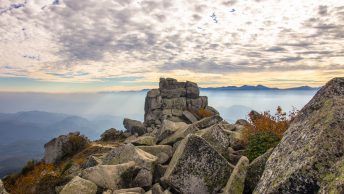
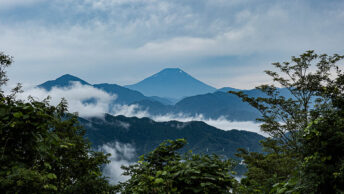
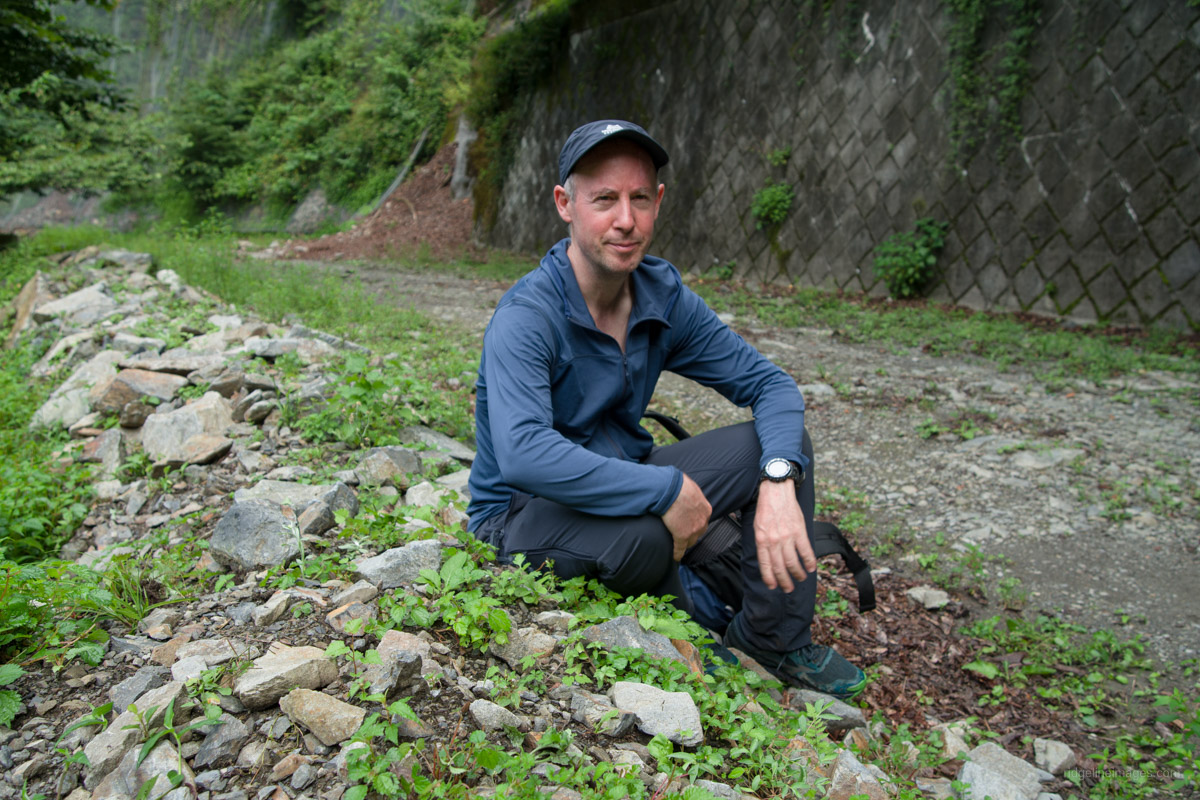
Just a clarification on Hokkaido – as of April 12, the stay-at-home request applies only to residents of Sapporo City. See the original declaration here: https://www.city.sapporo.jp/kinkyukyoudousengen.html (English translation here: https://www.facebook.com/photo?fbid=235236701167676&set=pcb.235237061167640).
Thanks for that Rob. Duly noted and amended.
Thanks for the info David. I have been taking the pandemic more seriously then Japan has until recently, and with that I’ve stopped using public transit (easy for me to do since I can work remotely) and stopped going to crowded parks or hiking and just stuck to local neighborhood walking (not exactly burning the calories, but I’d rather have my health than risk it). My voluntary self-quarantine has given me time to plan my multi-day trips for this summer (hopefully!) and catch up on reading. I hope that others will take these closures as a sign to take it easy for a bit. The mountains will still be there!
Excellent advice Patrick, it’s definitely not something you want to risk your health over and as you say a good opportunity to do some reading and plan that next epic hike 😊
Thanks for this. Very useful as always.
I have to admit I was getting tempted to head out on a quiet trail with a tent next week but I’ll sit it out after reading this.
I’ve already cancelled a trip to the Kumano Kodo last month so my feet are getting itchy!
I hear you. I had a three week trip to Australia and NZ that was cut two weeks short as NZ decided to be the first to essentially ban all incoming foreign visitors. I was able to get credit for a future flight back, but I’ll have to wait another year since we were planning for fall in southern hemisphere. The sooner everyone stays inside and/or reduces contact, the sooner the infection rate goes down. I only wish that Japan would take this pandemic more seriously. Stay safe everyone!
Hear hear.
Hopefully we will all be back on the trails before the typhoons come again!
It’s been a frustrating few months for hiking in Japan!
As frustrating as it is, it’s the correct call. As Patrick said use the time to research and dream about that next hike when the current situation starts to resolve itself.
Yes! Mt. Takao 2021!
It’s interesting to read this discussion. Over here in Switzerland, the situation is somewhat parallel. We are instructed to stay at home, but going out for a hike is not explicitly forbidden (as it is in eg France and Italy). But, clearly, any kind of travel would violate the spirit of the rules if not the letter. So the responsible way to behave is to stay put. As Don Whillans put it, the mountain will be there tomorrow; make sure you are too …
Thanks for that PH, I might say a very apt quote by Don. Keep safe yourself.
New declaration by the Sangaku Yon-dantai on the 20th of April: https://www.jma-sangaku.or.jp/information/detail.php?res_id=1587348826-558505#
I did a quick translation of it, here: https://hokw.jp/3bocvyV
Thanks very much Rob and also for the translation! Makes some salient points also echoed in the NHK World backstory article linked above.
Thank you for this info. I know its not easy compiling this stuff. For me, its really appreciated.
I have been waiting patiently to hike.
Thanks for reading. I feel like I can see the light at the end of the tunnel regarding COVID-19 and finally starting to plan a hike myself.